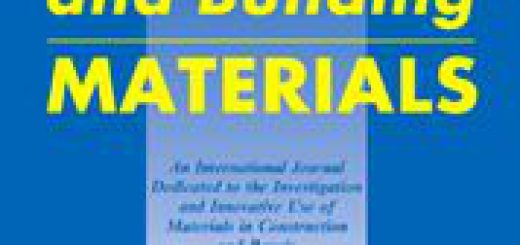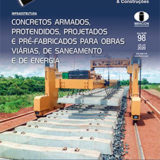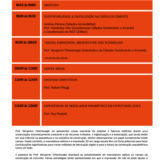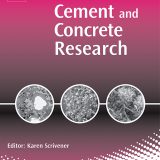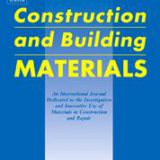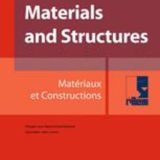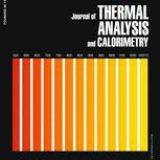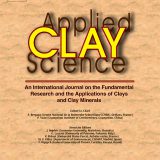Authors:
Journal: Materials and Structures (doi)
Available online:
Abstract
The standard methods used to determine the mechanical properties of single aggregate particles have shortcomings. Indeed, methods that are commonly used to measure the strength of irregular particles do not provide their elastic modulus and are also only semi-quantitative. The aim of this work is to determine more accurately both the tensile strength and the elastic modulus of single coarse aggregate particles using the point load test fitted with tungsten carbide semi-spheres and coupled with a linear transducer. In the experiment, the poles of the particles are made flat and parallel at the points of contact with the semi-spheres of the apparatus, allowing to estimate the elastic modulus of aggregates in accordance to Hertz contact theory. Glass particles of different shapes (spheres, cubes, and prisms) were used as reference material to validate the experimental method and establish the optimal conditions to conduct the test. These conditions consisted of a deformation rate of 0.2 mm/min, a blunt 4.0-mm diameter cylinder piston for spherical particles, while two 14.0-mm diameter semi-spheres in the case of rectangular particles (cubes/prisms). It is also hereby proposed to measure the tensile strength of irregularly-shaped particles by a modified version of Hiramatsu and Oka’s formula using the equivalent core diameter. The proposed method was then applied to measure the strength and modulus of coarse granite aggregate particles (25.0 to 9.5 mm). It demonstrated that the variability of the elastic modulus and tensile strengths of the individual aggregate particles was quite significant, confirming the importance of using the proposed improved method to qualify materials for structural (high strength) concrete, or to simulate/predict the mechanical behavior of concrete.

